|
The third grade students started out the year by learning how to create decorative patterns by repeating shapes. The students practiced making these patterns, which we called "doodle art" by drawing at least four of the same shape, such as four squares, then adding the same detail to each square to create an interesting repetitive pattern. After practicing this technique and creating at least 6 unique patterns, the students drew a large bubble letter of the first letter of their first name. We discussed positive and negative space and the students had to decide whether to fill the inside or outside of their letter with doodles and which area became positive and negative space. Using sharpies, the third graders filled the space with these 'doodle art' patterns that they had created. Once the area was filled with doodle art, the students selected four colors and used colored pencil to fill in the doodles.
0 Comments
Overview: 2nd Grade 4-5 days Students will look at images by Hundertwasser and explore characteristics of his work. Using these visual characteristics, students will use oil pastel and watercolor to draw/paint the four seasons by use of colors, shapes, and lines. Learning Outcomes:
2.V.1.1 Use appropriate art vocabulary when discussing media, processes, or images in art. 2.V.1.4 Understand characteristics of the Elements of Art, including lines, shapes, colors, textures, form, space, and value. 2.V.1.5 Understand characteristics of the Principles of Design, including repetition, movement, emphasis, contrast, balance, and proportion. 2.V.2.1 Understand that artistic problems have multiple solutions. 2.V.2.3 Create art from real and imaginary sources of inspiration. 2.CX.1.3 Understand various movements in art and the artists that represent them. 2.CX.2.2 Understand relationships between art and concepts from other disciplines, such as math, science, language arts, social studies, and other arts. Materials:
Day One: Have images by Hundertwasser ready for reference, books available, Prepare prompts for students such as “What season of the year might this represent and why?”, have example pieces poasted, have paper ready and cut to size, oil pastels available Day two: Hundertwasser images on display, examples on display, oil pastels ready Day three: reference images on display, oil pastels and watercolors ready Day four: reference images on display, oil pastels and watercolors ready Interdisciplinary Concepts: Weather, characteristics of seasons, math patterning A Hundertwasser original:
The forth grade students are doing a Nick Cave project right now that I am super excited about. The students are really getting into it so far as well. If you don't know who the artist Nick Cave is, you're really missing out. Watch these videos! I'll post more information about details of the project once the students have completed, but wanted to show some of the inventive, fun suits that the students are drawing!
Here's just a little sneak peak at the 1st grade mobiles project we are doing.
These are some of the clay medallions that the students made. They were made by making clay textured medallions then firing. After coming out of the kiln, rather than glazing, the student colored on them with oil pastels, then painted over the piece with watered-down Tempera paint and then rinsed them in water. This is the effect. I love, love, love them. Plus, the students had a blast. The 1st graders at Evergreen are amazing! Portrait of Friedensreich Hundertwasser http://www.dungan-nequette.com/blog/wp-content/uploads/2011/12/Hundertwasser_Friedensreich.jpg Today I started teaching a project inspired by the artwork of Austrian artist Hundertwasser. He is one of my favorite artists, so I was especially excited to show his work to the 2nd graders! I began by showing some paintings and prompting the students with questions such as "What season does this remind you of and why?" It was really interesting because some paintings, I immediately thought 'fall' and nothing else, but the students might think 'spring' or 'summer' and be able to explain why. It really reminded me how we are all such unique thinkers which is such a wonderful thing in the context of an art room. After the prompts, I explained the project. Basically, they will be using pencil and paper today. Using characteristics of Hundertwasser's work such as parallel lines, concentric circles, and repetitive patterning, they will separate their paper into four sections and use those characteristics and characteristics of the different seasons to make artwork based on such. In the next few classes, they will use oil pastel and watercolor to create colorful Hundertwasser-inspired seasons! Painting by Hundertwasser http://www.artwallpaper.eu/Paintings/wp-content/uploads/2012/12/07/30/Friedensreich-Hundertwasser-Paintings-1991-silent-flowers.jpg As the students get more work done, I will post pictures of the work that they have done. As for now, here are a few examples of the project that a friend and I did: Overview:
2nd Grade 4-5 days Students will look at images by Hundertwasser and explore characteristics of his work. Using these visual characteristics, students will use oil pastel and watercolor to draw/paint the four seasons by use of colors, shapes, and lines. Learning Outcomes:
2.V.1.1 Use appropriate art vocabulary when discussing media, processes, or images in art. 2.V.1.4 Understand characteristics of the Elements of Art, including lines, shapes, colors, textures, form, space, and value. 2.V.1.5 Understand characteristics of the Principles of Design, including repetition, movement, emphasis, contrast, balance, and proportion. 2.V.2.1 Understand that artistic problems have multiple solutions. 2.V.2.3 Create art from real and imaginary sources of inspiration. 2.CX.1.3 Understand various movements in art and the artists that represent them. 2.CX.2.2 Understand relationships between art and concepts from other disciplines, such as math, science, language arts, social studies, and other arts. Materials:
Day One: Have images by Hundertwasser ready for reference, books available, Prepare prompts for students such as “What season of the year might this represent and why?”, have example pieces poasted, have paper ready and cut to size, oil pastels available Day two: Hundertwasser images on display, examples on display, oil pastels ready Day three: reference images on display, oil pastels and watercolors ready Day four: reference images on display, oil pastels and watercolors ready Interdisciplinary Concepts: Weather, characteristics of seasons, math patterning |
AuthorAnnie Monaghan. Categories
All
|
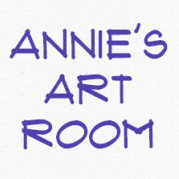
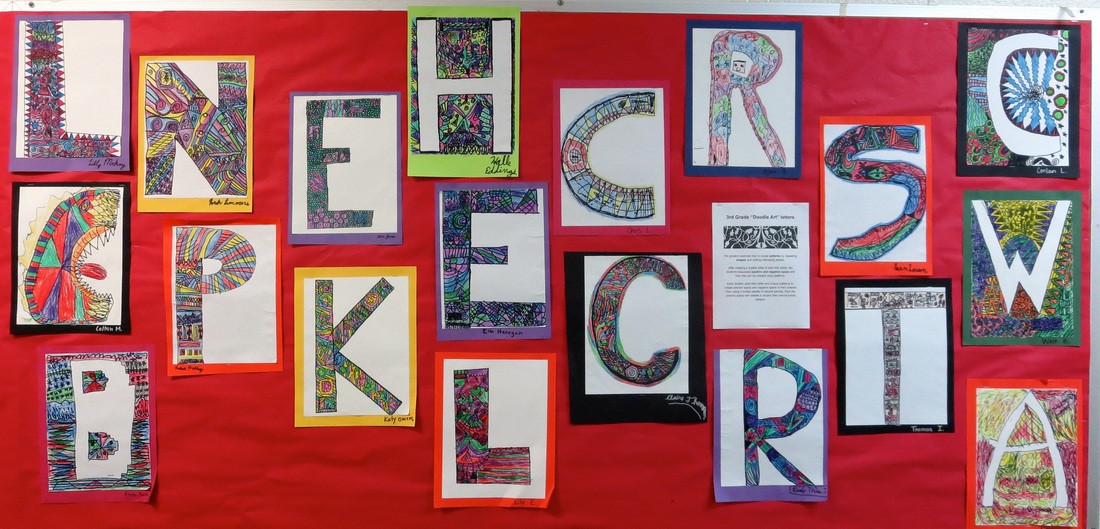
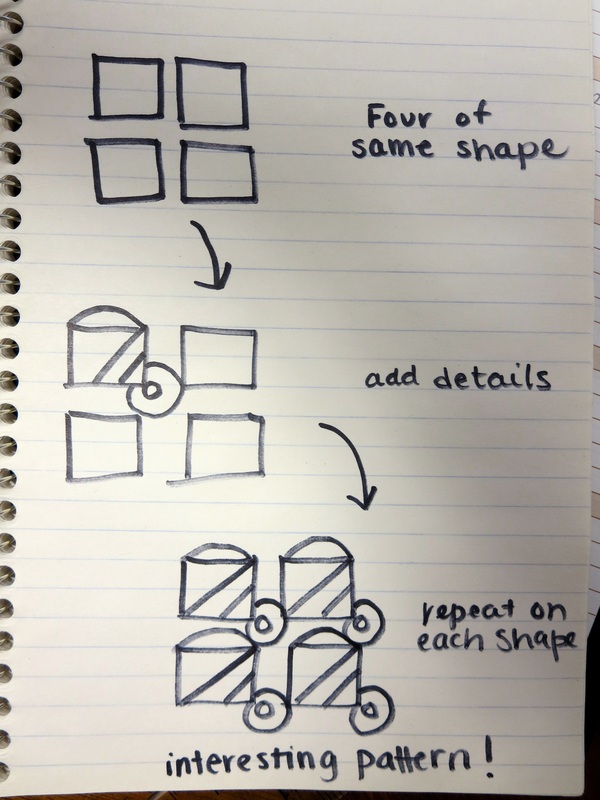
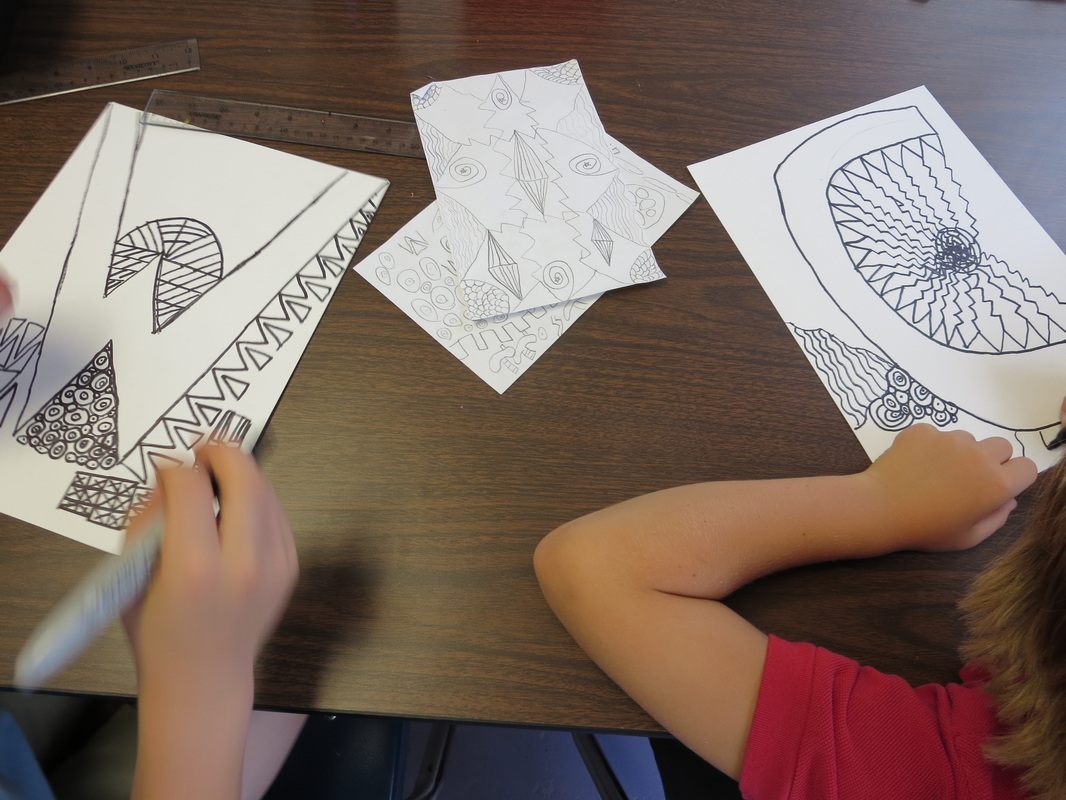
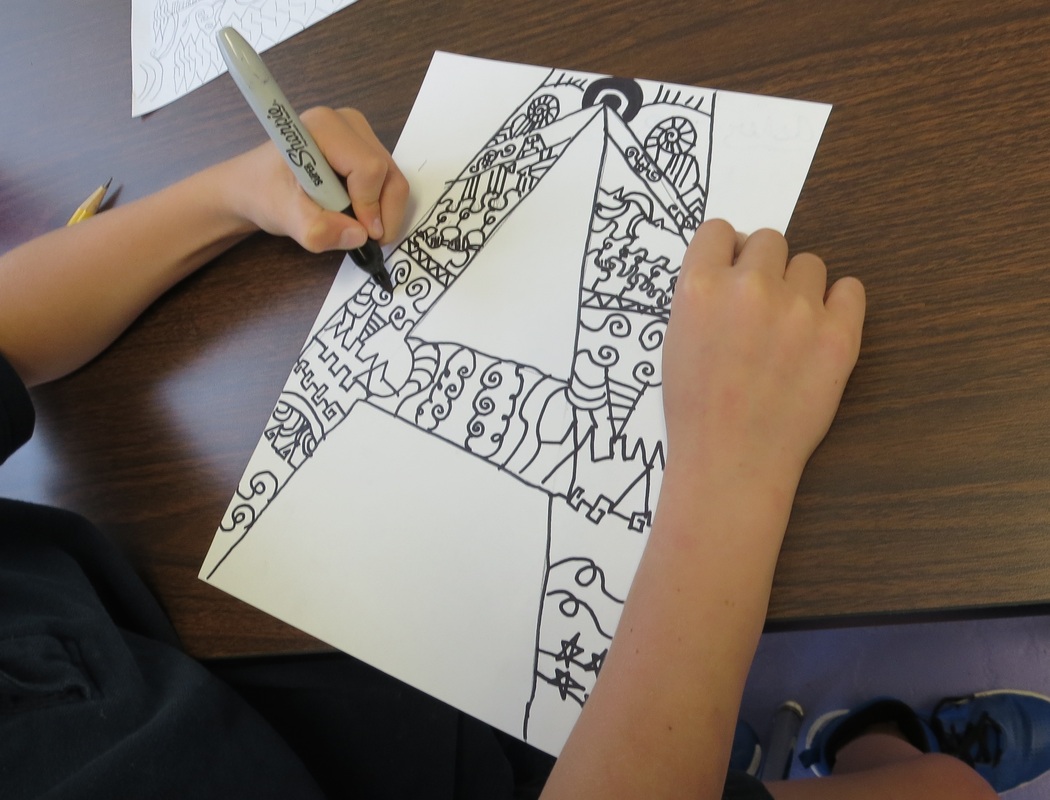
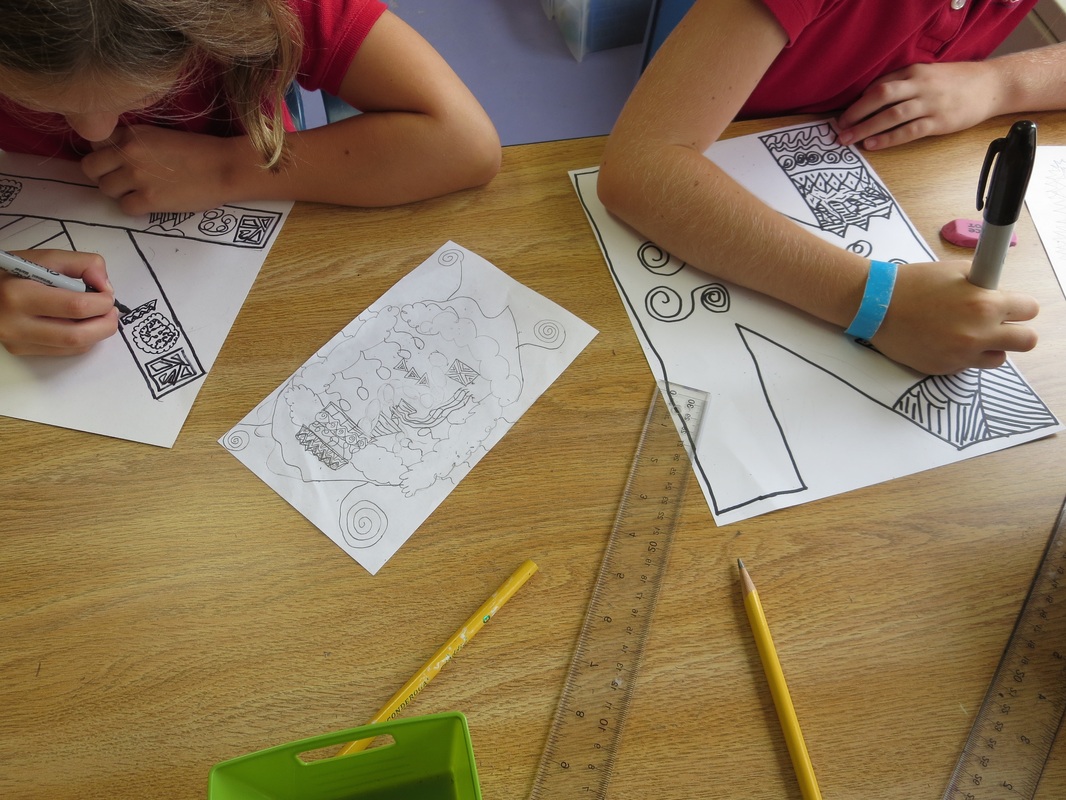
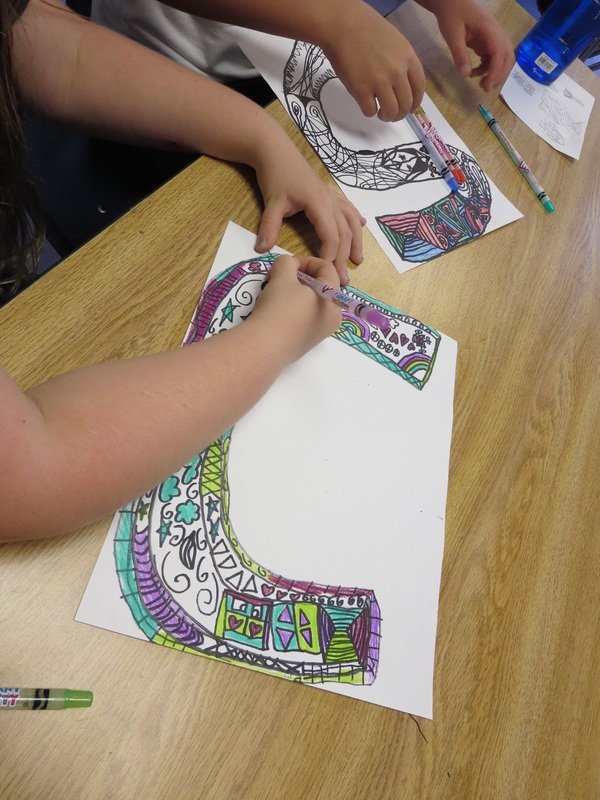
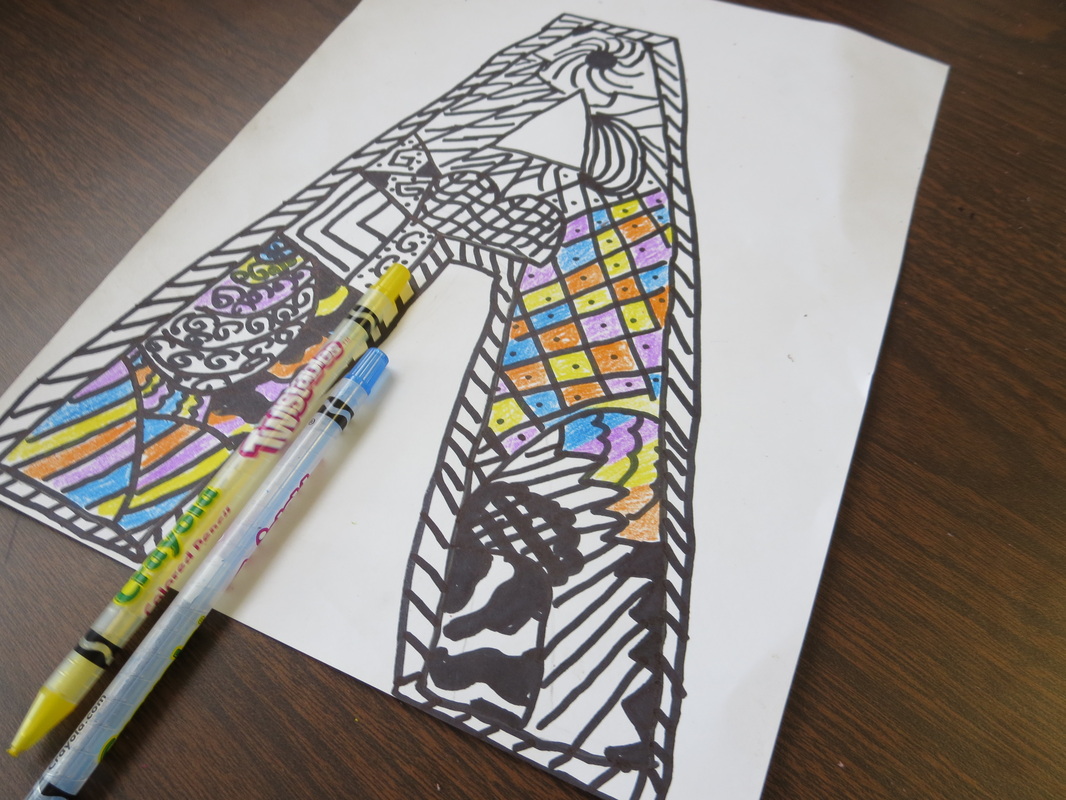
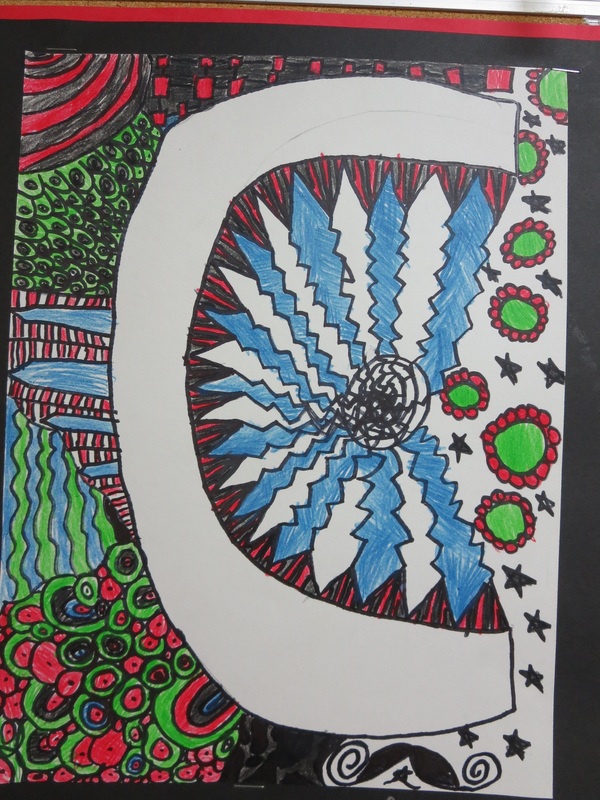
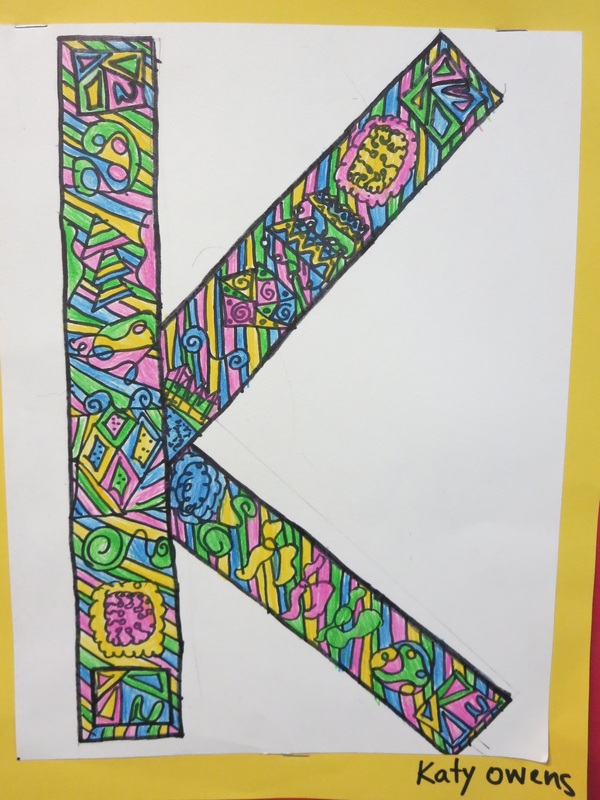
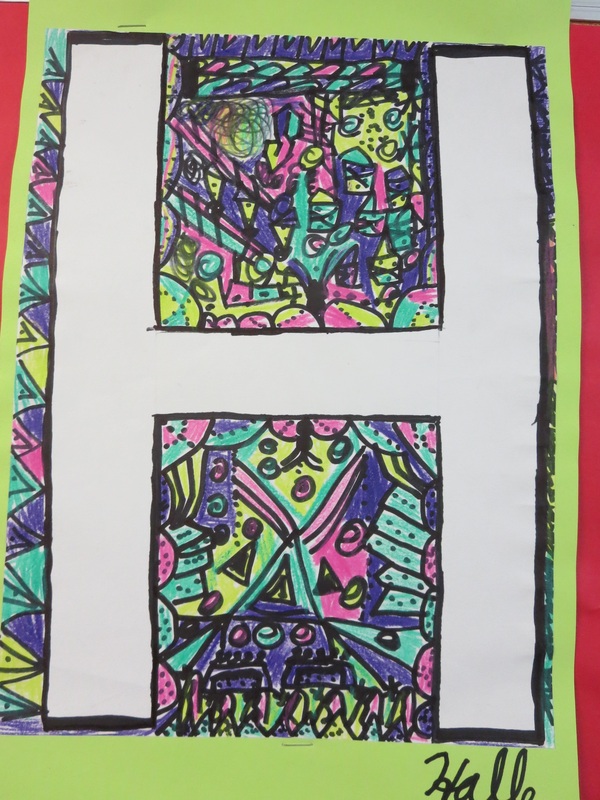
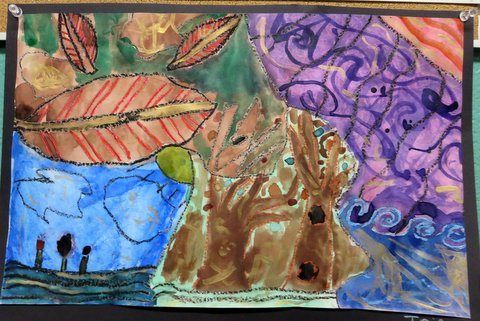
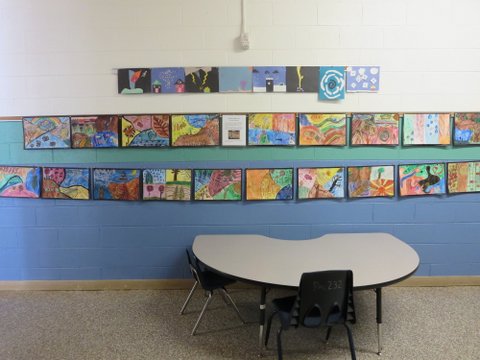
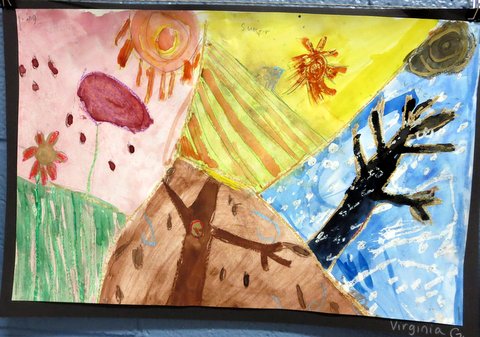
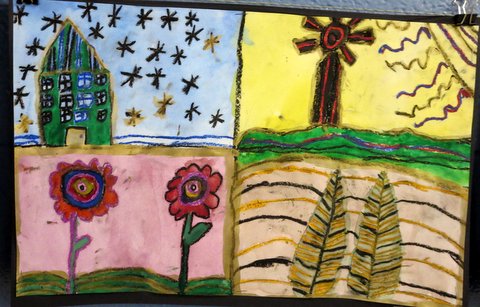
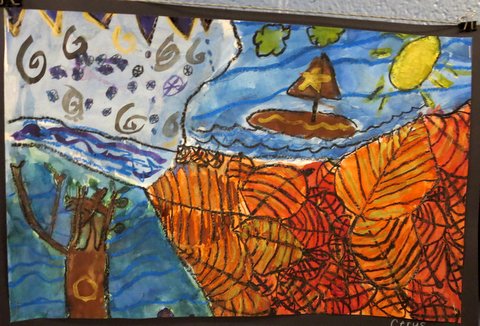
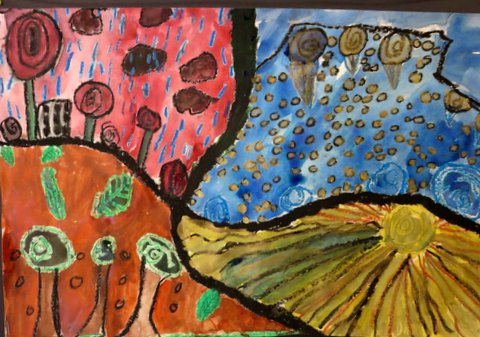
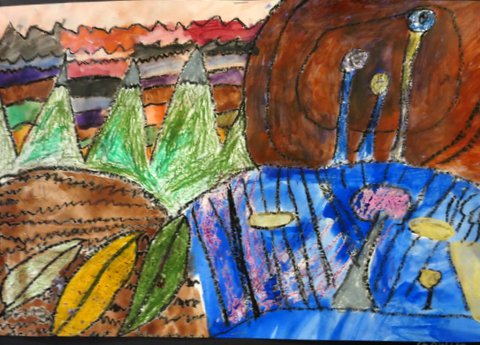
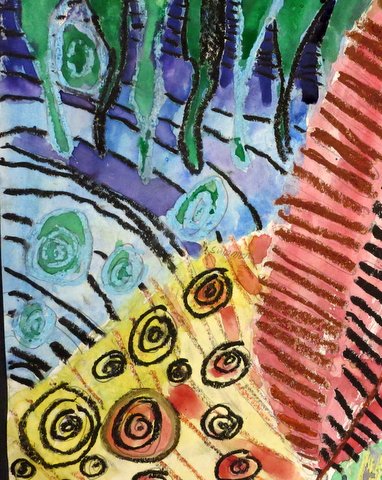
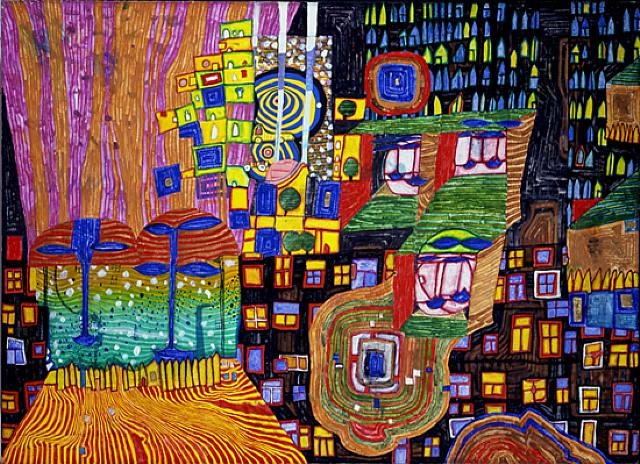
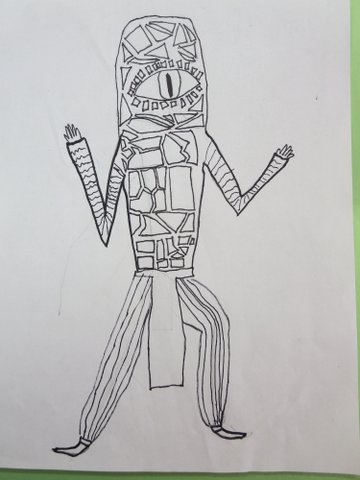
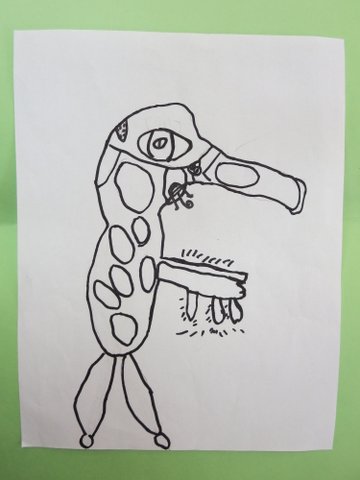
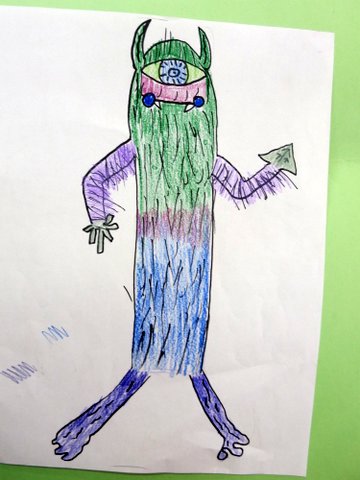
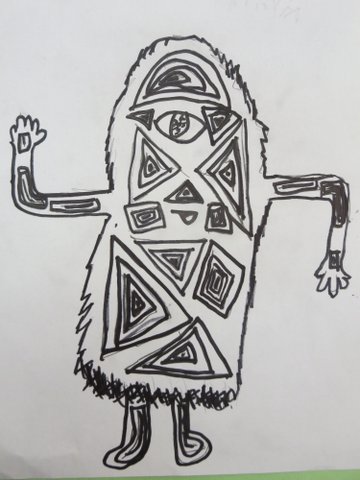
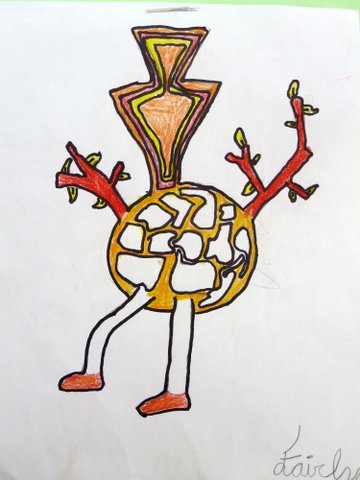
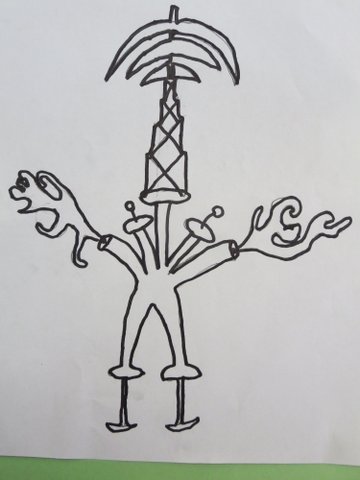
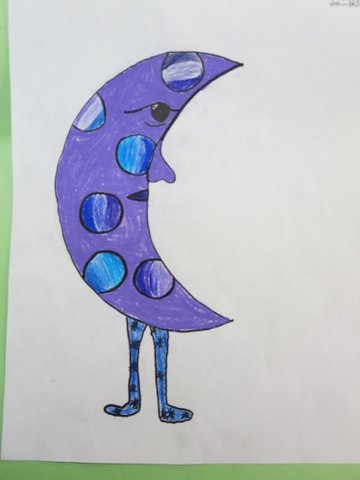
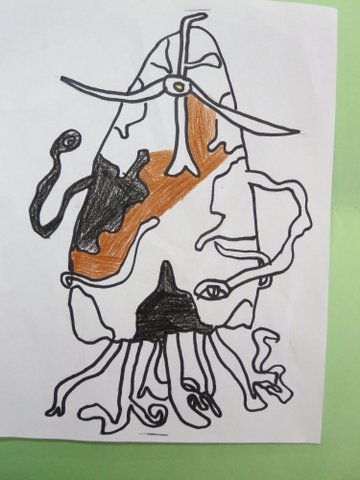
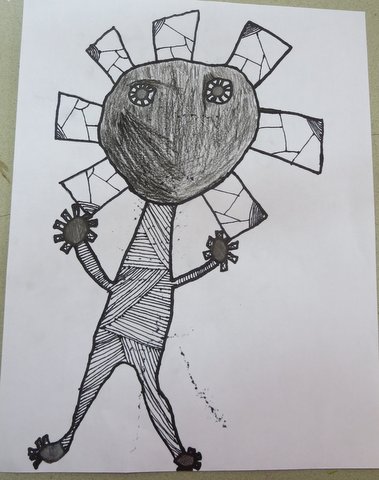
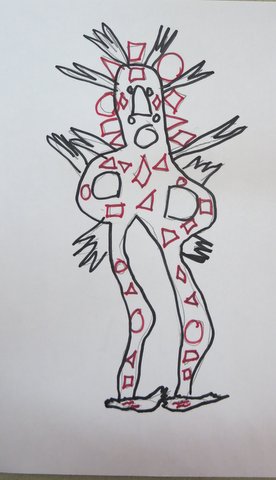
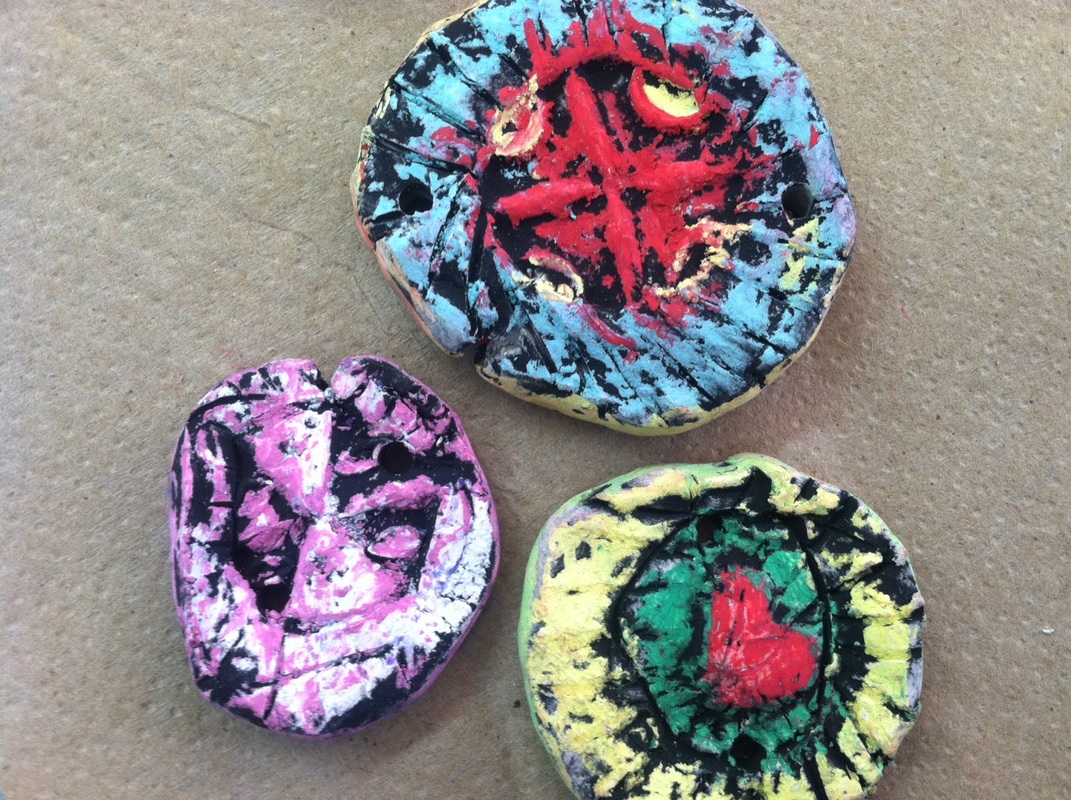
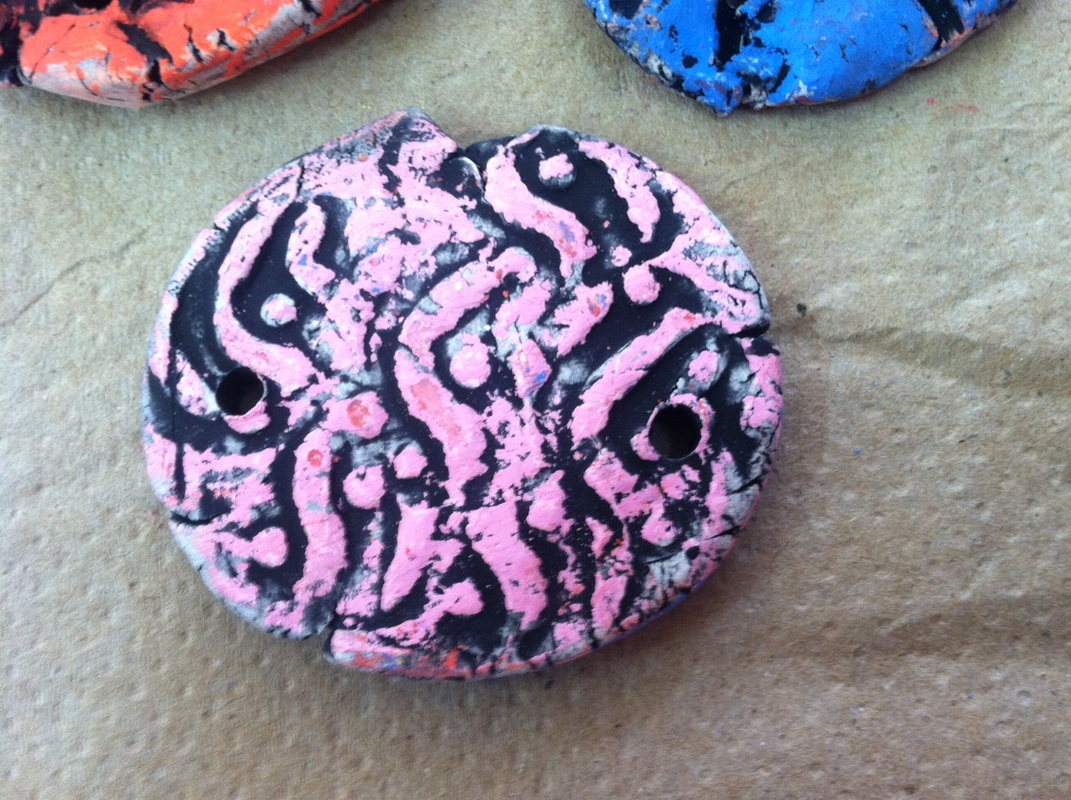
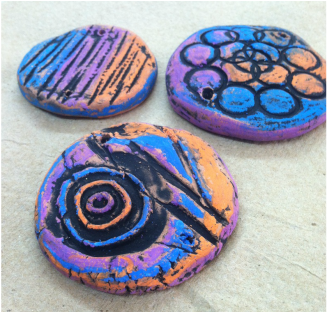
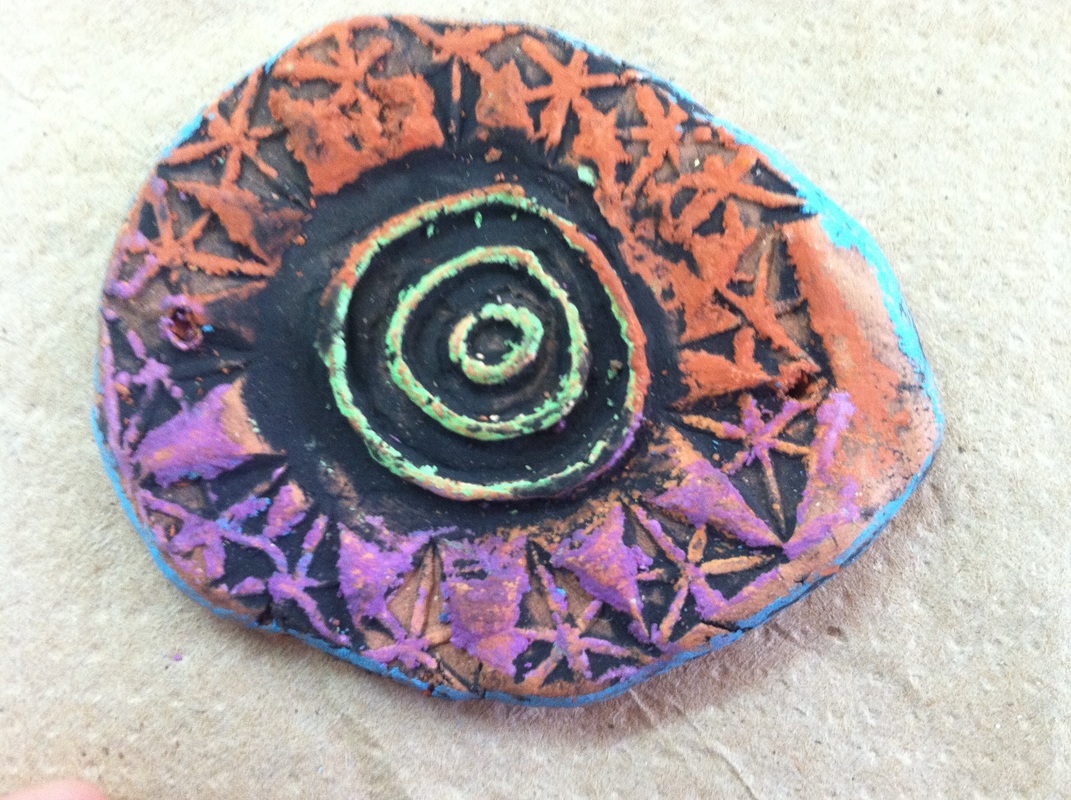
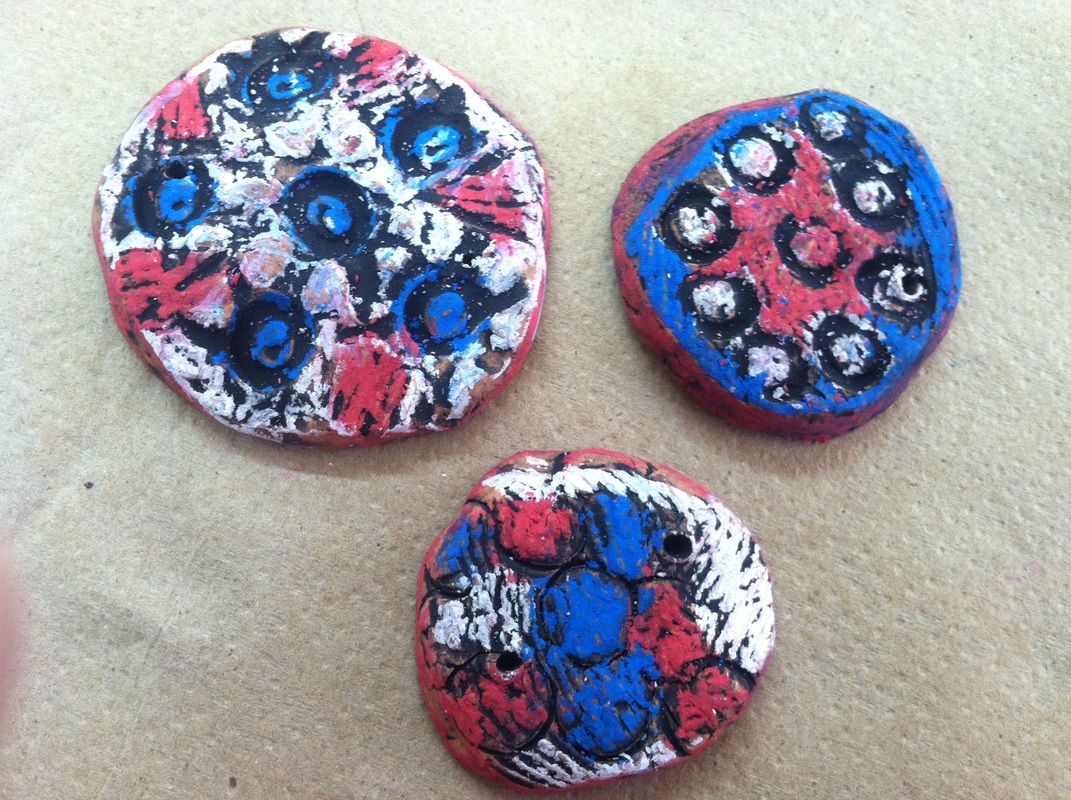
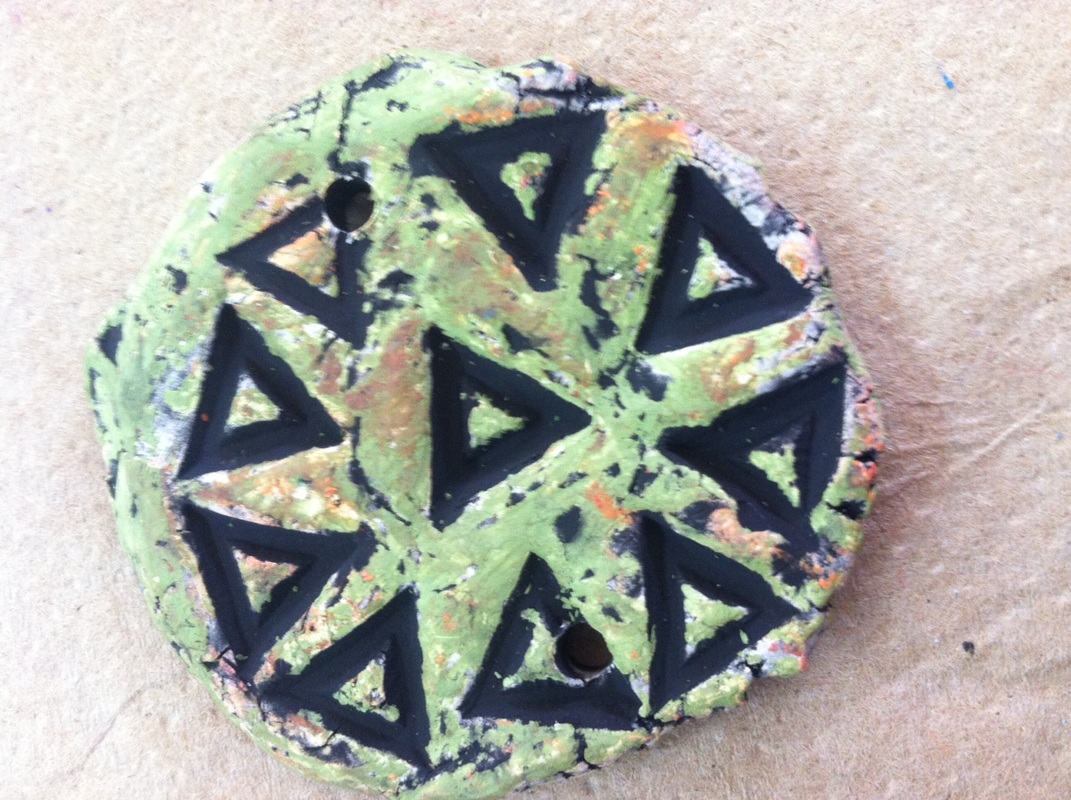
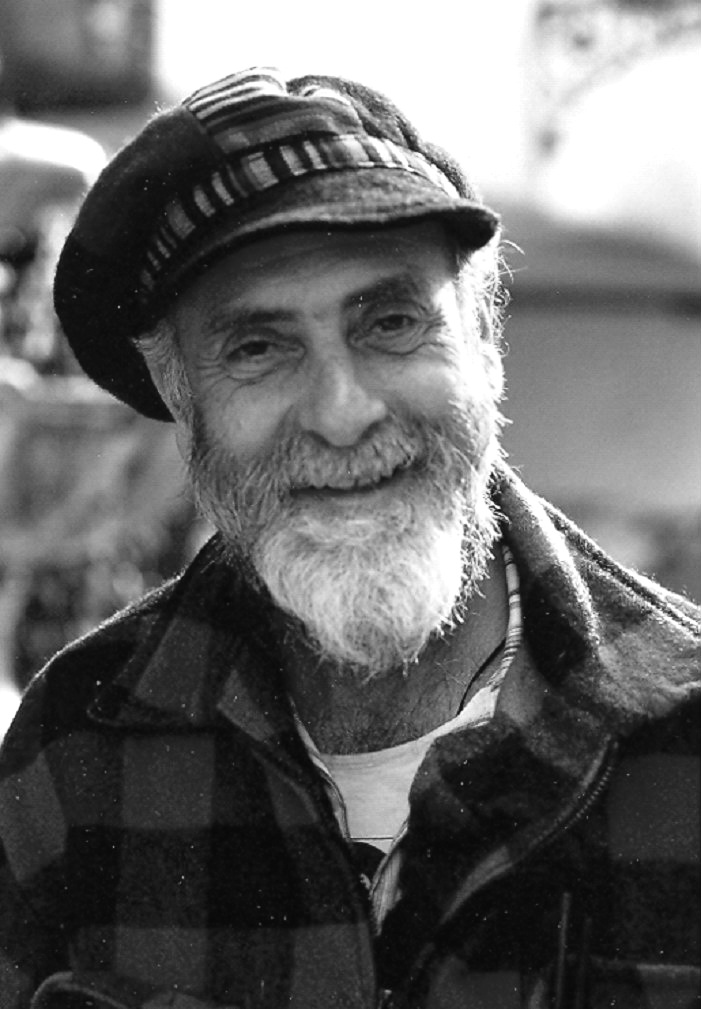
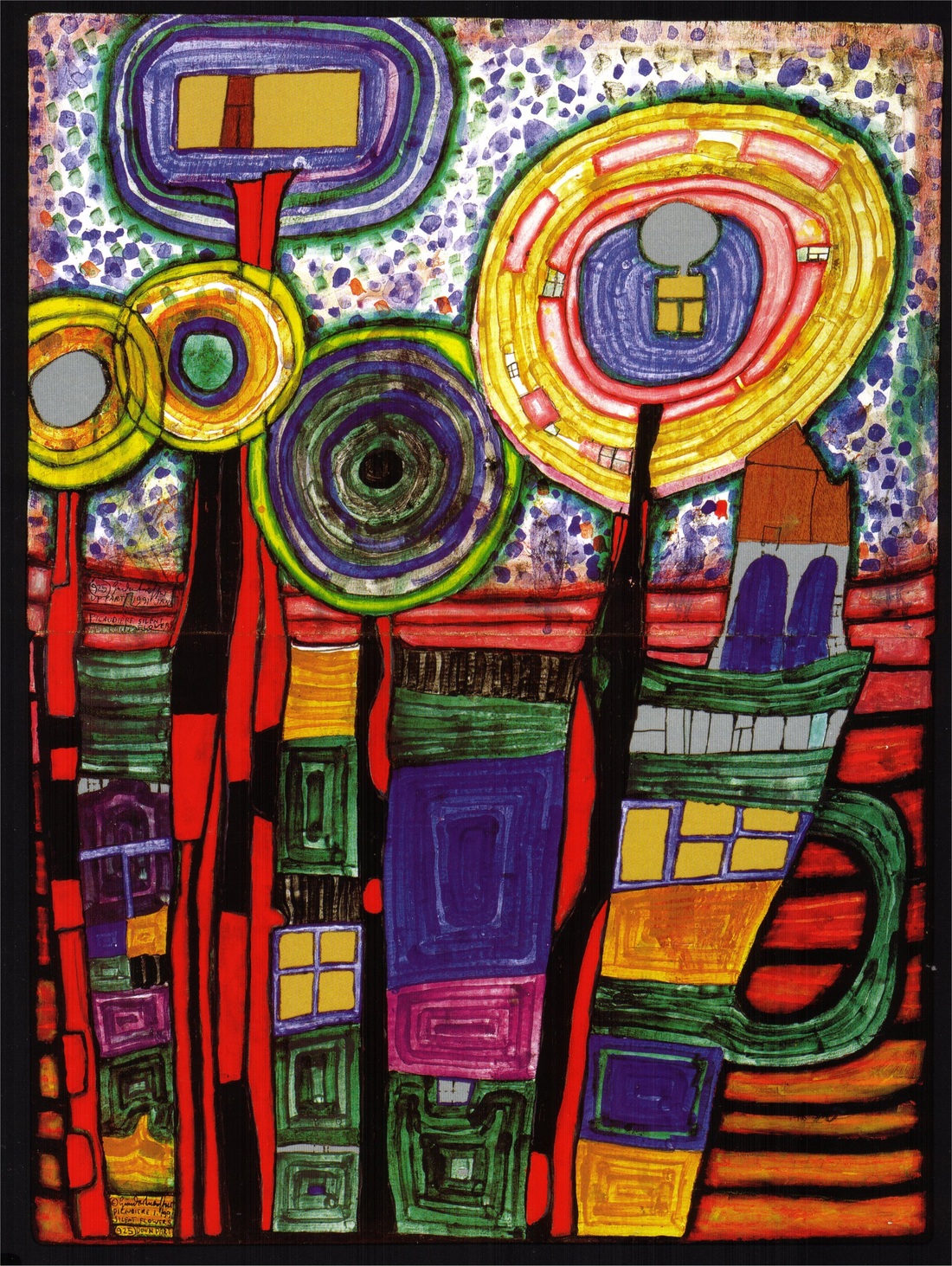
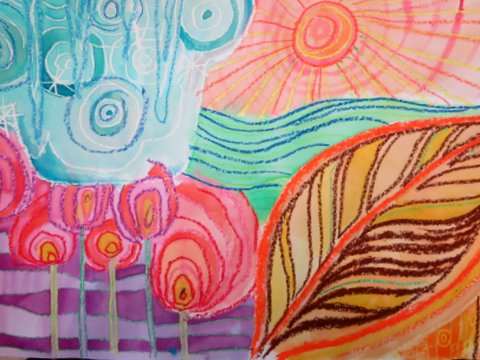
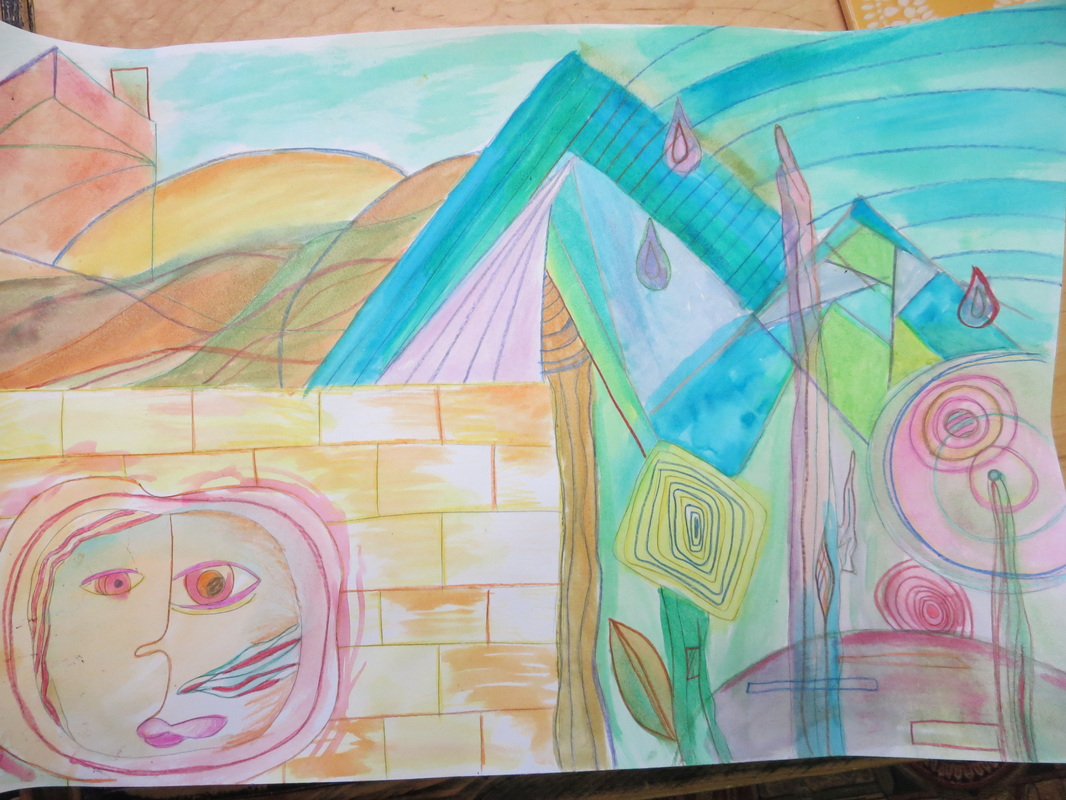
 RSS Feed
RSS Feed
